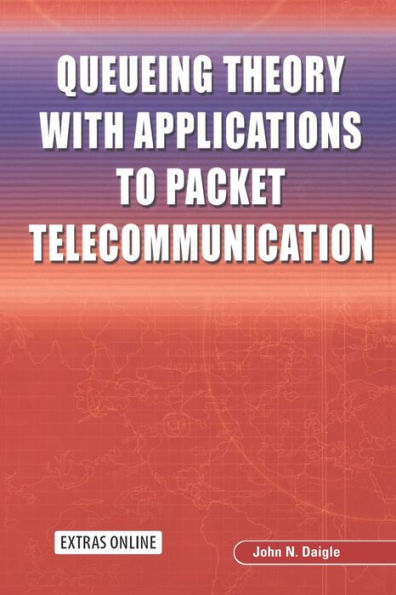5
1
9781441935632



Queueing Theory with Applications to Packet Telecommunication / Edition 1 available in Hardcover, Paperback

Queueing Theory with Applications to Packet Telecommunication / Edition 1
- ISBN-10:
- 1441935630
- ISBN-13:
- 9781441935632
- Pub. Date:
- 10/29/2010
- Publisher:
- Springer US
- ISBN-10:
- 1441935630
- ISBN-13:
- 9781441935632
- Pub. Date:
- 10/29/2010
- Publisher:
- Springer US

Queueing Theory with Applications to Packet Telecommunication / Edition 1
$109.99
109.99
In Stock

Product Details
| ISBN-13: | 9781441935632 |
|---|---|
| Publisher: | Springer US |
| Publication date: | 10/29/2010 |
| Edition description: | Softcover reprint of hardcover 1st ed. 2005 |
| Pages: | 316 |
| Product dimensions: | 5.98(w) x 9.02(h) x 0.24(d) |
From the B&N Reads Blog
